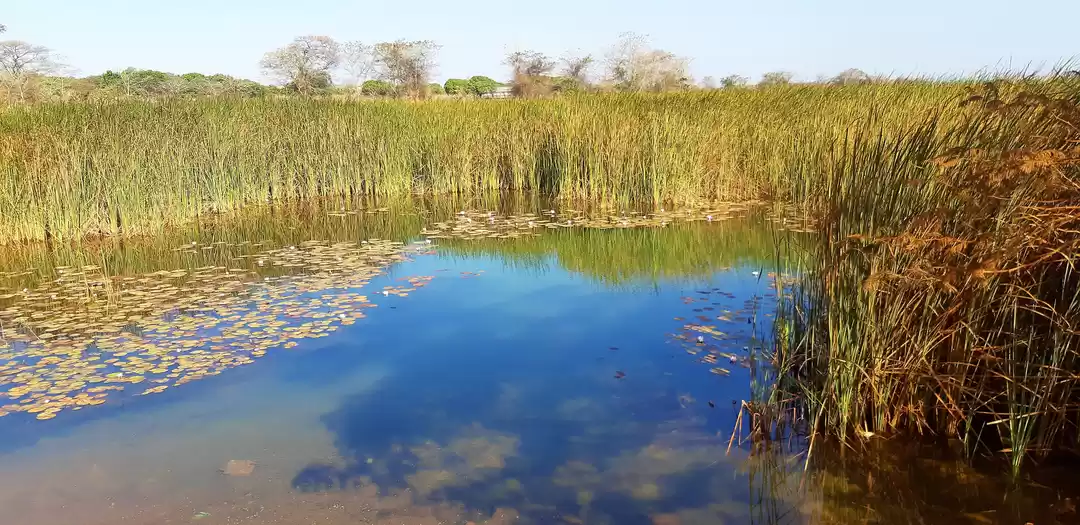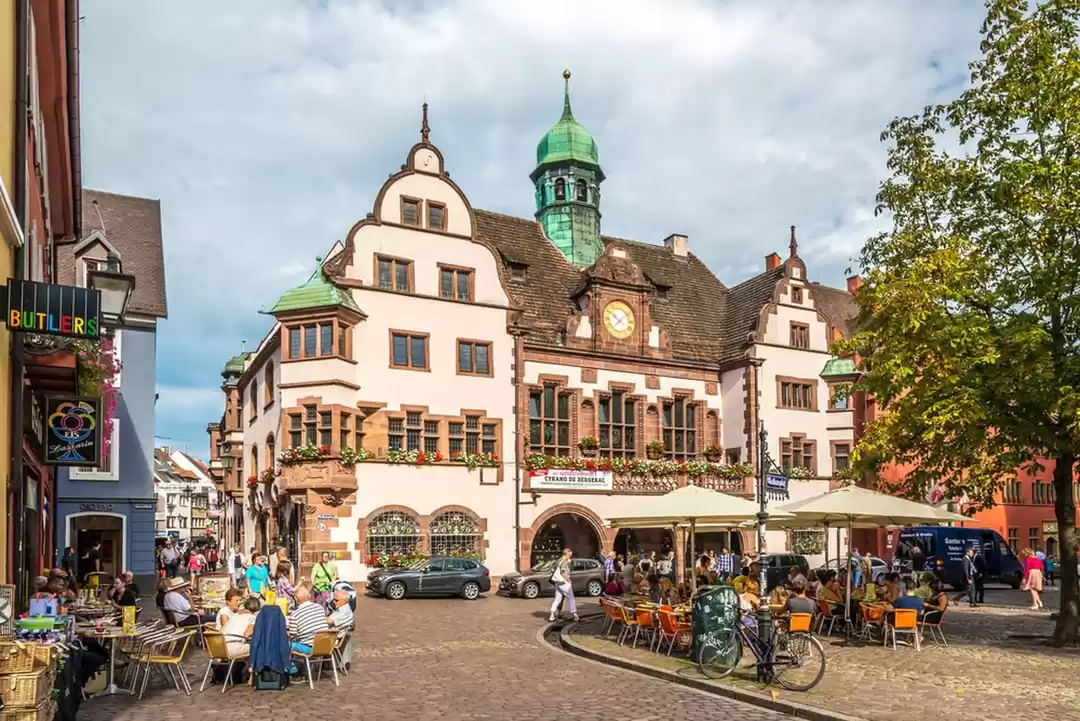Zambia is known for offering an authentic African experience to travellers, with its combination of spectacular natural wonders, rich biodiversity and a vibrant cultural scene. Moreover, the local government has designated the country’s tourism industry as a vital sector within its development framework in recent years. This overall focus on the tourism industry is a strategic decision taken to strengthen Zambia’s economic foundation and avoid overreliance on other sectors such as mining. This article examines the key trends, developments and strategies that have been implemented within the tourism sector, for a better understanding of the country’s recent journey as a tourist destination.

Increasing Arrival Numbers
Zambia’s tourism sector has shown incredible resilience since the COVID-19 pandemic, attracting a growing number of tourists, which has led to notable economic benefits. 2022 saw a 91.4% increase in international tourist arrivals, a significant rise from 554,200 arrivals during the same period in 2021. This positive momentum continued the following year when the first half of 2023 generated another 22% increase in arrivals when compared to the same period from 2022. 2024 was by far the best year, reaching a record-breaking 2,199,820 arrivals, according to the Ministry of Tourism.
A Boost for the Economy
These growing arrival numbers have continued to impact the country’s economy. In 2022, Zambia’s tourism sector made a contribution of 9.9% to the country’s GDP, a significant increase from its 2.4% in 2012 and 3.1% in 2015. Furthermore, the Ministry of Tourism generated a total of K319.5 million of non-tax revenue in 2024, which was a remarkable growth over the predicted amount for the year.
This rapid growth over the past 4 to 5 years suggests that the country has successfully leveraged its key offerings and attractions, which include top hotels in Livingstone, Zambia, to elevate its status as a tourism destination. As such, the country hopes to build on this positive momentum with its goals for 2025, which include a target of exceeding 2.4 million international arrivals in 2025.
Strategic Travel Policies
One of the key strategies behind Zambia’s growing arrival numbers is its liberal travel policies that make it more accessible. The Open Skies policy and the development of several partnerships with international airlines have already increased Zambia’s connectivity. Moreover, the decision to lift visa requirements for visitors from selected countries was a key strategy behind the significant growth in 2023, the first half of which saw 496,456 international arrivals, a 22% increase from the same period in 2022.
Zambia currently offers visa-free entry for visitors from 167 different countries and continues to remain one of the most accessible destinations on the continent, which offers world-class stays at the likes of Royal Livingstone Victoria Falls Zambia Hotel by Anantara. Not only does this proactive approach help to grow arrival numbers, but it also sends a clear message that Zambia is a welcoming destination and is open to travellers from all over the world.
Improvement of Infrastructure
The Zambian government has also taken several measures to improve its infrastructure capabilities to manage the country’s growing tourist numbers. One of the more notable initiatives is the Zambia Green, Resilient and Transformational Tourism Development Project (GREAT-TDP). This seven-year initiative began in January 2024 with support from a USD 100 million financing facility from the World Bank, and aims to strengthen the environment and develop emerging nature-based locales in the country. Key target areas include the Nsumbu National Park and the Liuwa Plains National Park. Such initiatives will help to avoid overreliance on popular hotspots like Victoria Falls and Livingstone, and create a more balanced offering of nature-based attractions.
The local Ministry of Tourism has also taken efforts to grade and maintain 3813 km of roads as well as 16 airstrips within national parks. Targeted studies and upgrades have been planned for Chunga, Kalabo, and Jeki airstrips to increase the country’s air connectivity. All of these initiatives to improve infrastructure suggest that Zambia is establishing a strong foundation for growth in the future and is committed to sustainable, long-term growth rather than short-term gains.
Strategic Campaigns & Diversification
Zambia has also made moves to diversify its tourism offerings and marketing campaigns to appeal to a broader base of travellers. As mentioned previously, efforts are being made to promote the country’s lesser-known natural attractions, as well as the local culture and heritage. The government is also making an effort to promote the country’s MICE offerings, with a focus on developing facilities that can accommodate such events and further establish Zambia as a key business hub.
A notable achievement in Zambia’s marketing strategy is the success of the country’s various tourism content in 2024, which gained 1.5 billion digital views globally. This is a testament to an effective marketing strategy and suggests that the country’s global visibility is bound to increase. There have also been efforts to boost Zambia’s domestic tourism sector, most notably through the relaunching of the “Take Holiday Yamu Loko” campaign, with the goal of boosting the sector by 30%. This focus on domestic tourism indicates an awareness of the importance of having a strong domestic base for a more stable tourism ecosystem.
Challenges and Hopes for the Future
While Zambia’s tourism sector has continued to grow, there are several roadblocks and challenges that warrant attention. Managing the country’s biodiversity proved to be a challenge in 2024 due to drought and other weather conditions, which affected wildlife. Furthermore, tourism operators faced additional costs due to power outages, which also impacted other infrastructure facilities. Other additional macroeconomic factors continue to present challenges, such as rising operational costs and limited access to credit for development.
However, the country’s strategic initiatives suggest that the local authorities are constantly applying a forward-thinking approach to developing the tourism sector. In addition to making the country more accessible, more attention is needed to address the specific economic and infrastructural problems that continue to affect Zambia’s tourism offerings. If adequate measures are taken, and the country’s positive tourism trend from the past few years is allowed to continue, Zambia will be well on its way to further cementing its position as a leading travel destination on the African continent.
















